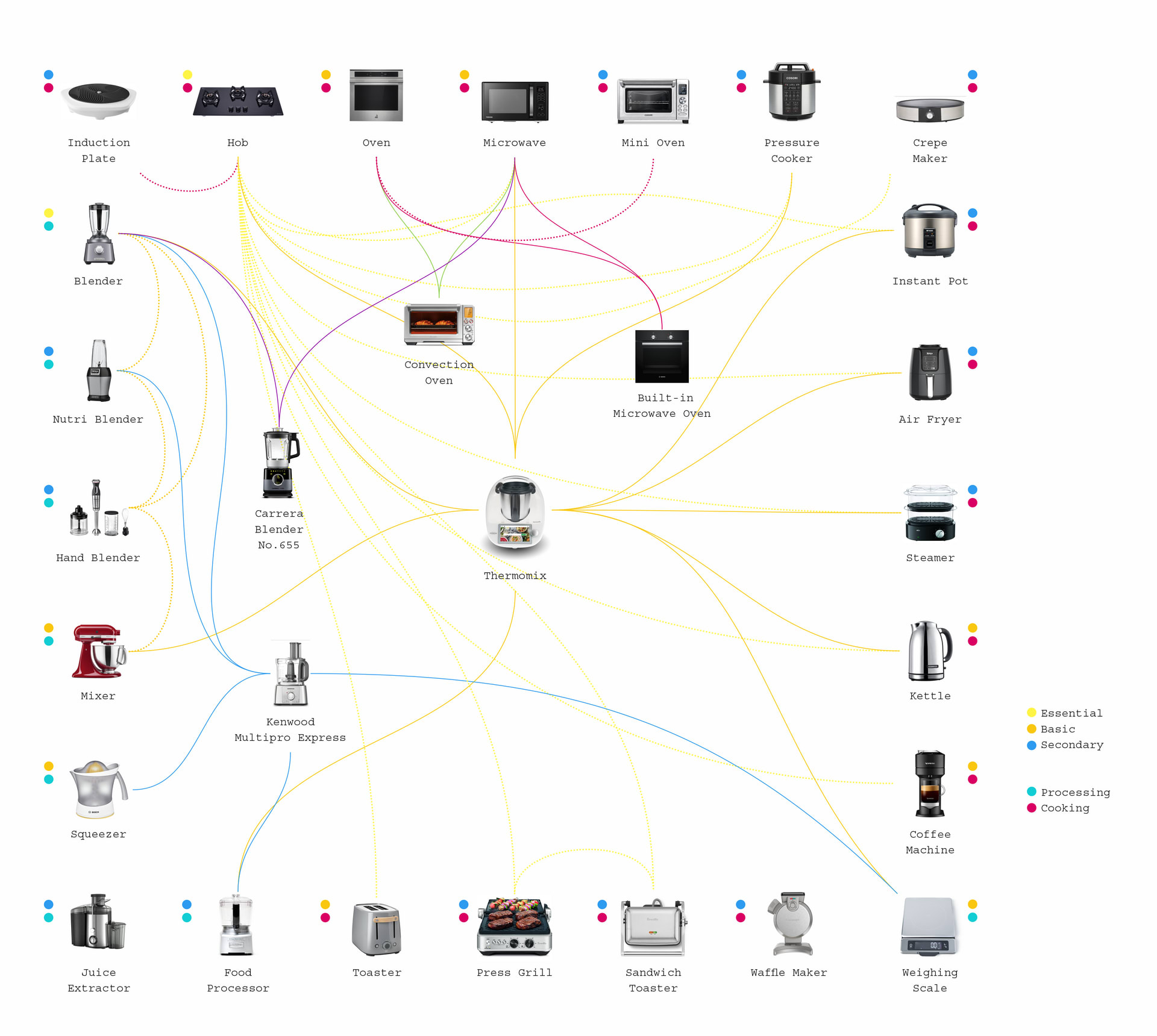One base
Using one induction base as the main heating element for several appliances allows a large reduction in the number of internal electronic components repeated in each object. One base indicates one element to be repaired. The objects on it only distribute heat efficiently according to their function. Boiling water, toasting bread, steaming, etc. They maintain basic elements that facilitate and continue to make their use convenient. But they seek to have a life more similar to their manual counterparts.
Mitigate waste
Every day we throw things away without considering the waste we generate. In recent years, the increase in electronic waste has been on the rise, and while rapid technological advances are a major factor in the constant replacement of our equipment. The short lifespan for which they are manufactured and the challenge of repairing them has led us to view household appliances as disposable products. This is a problem, because while malfunction can be caused by the failure of a discontinued internal or external part or, an upgrade of a now obsolete system. All component parts, even if still in good condition, are discarded.
A main heating element.
A space with a high number of appliances is the kitchen. It is common for new alternative or secondary equipment to emerge to facilitate specific activities in the kitchen.
But if we analyse in detail, we find that the two main actions in the kitchen are divided into preparing and cooking. And this is reflected in the same way in household appliances. They cut or heat. They have a motor or a heating element. And while there are new options that seek to combine multiple actions, there is one that stands above the rest: the hob. An essential heating element, that can perform most of the actions that generate the other basic or secondary products.
Basic is not essential.
Even knowing this, we still opt for the wide variety of appliances that may at some point be disposable, over the solution and possibilities provided by an essential element such as the hob. What do all the other basic products provide? Convenience, because they ultimately serve their purpose, they facilitate specific or repetitive activities. And it doesn't matter whether we use them every day or once every two weeks. They are basics in our kitchen because we prefer the convenience of their use.
Keep it simple.
Induction cooking is the most energy efficient and, allows for precision and temperature control. A magnetic base rests on its surface and heat transfer is direct. So, following the advantages of the hob, applied to the induction cooker, it remains to emulate the conveniences of a household appliance and, keep it as simple as possible. The base with a simple interface that adjusts time and temperature. And on top of that, avoid elements that require electronic repair and select suitable materials to generate durable parts.





